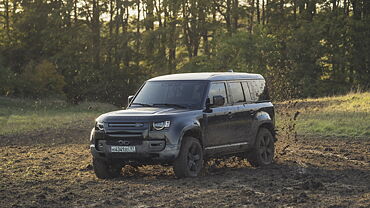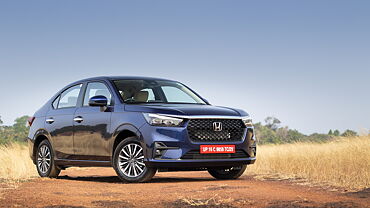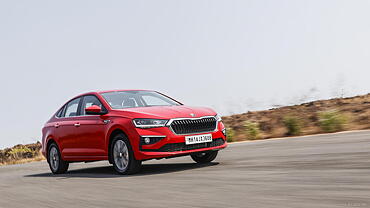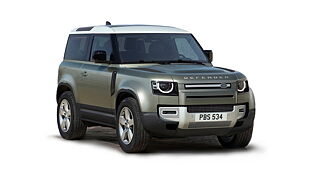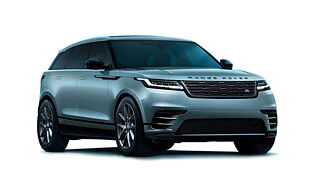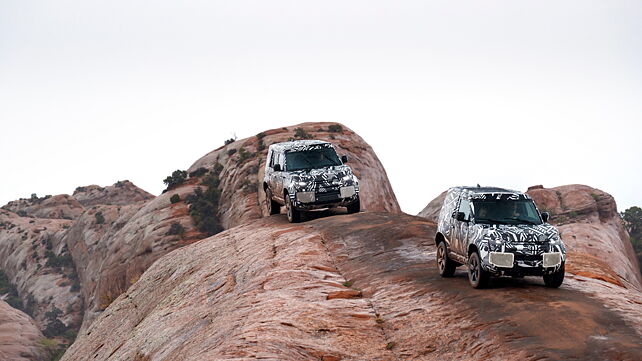
The new Land Rover Defender will soon complete its final phase of field testing with the Tusk Trust, on location in Kenya. A Defender prototype with a unique camouflage will experience life at the Borana Conservancy as part of Land Rover’s 15-year partnership with the Tusk Trust. Here, the prototype will tow heavy loads, wade through rivers and also carry supplies across unforgiving terrain in a series of real-world trials at the 14,000-hectare reserve. Today, the Land Rover celebrates 71 years of all-terrain expertise, since its debut at the 1948 Amsterdam Motor Show.
The new Defender has been designed and developed in Gaydon, UK. The SUV will be manufactured at the state-of-the-art manufacturing facility in Nitra, Slovakia. The company claims that the new Defender will pass more than 45,000 individual tests in some of the most extreme environmental conditions on earth. Moreover, the company claims that the Land Rover engineers have taken the test fleet through 50-degree heat of the desert, the sub 40-degree cold of the Arctic, as well as up to 10,000 feet altitude of the Rocky Mountains in Colorado.
The on-road capabilities of the Defender has been tested at the Nurburgring facility in Germany. Moreover, the all-terrain credentials have been tested on the muddy roads of Eastnor, UK, the rocky trails of Moab in Utah, and the sand dunes of Dubai.
Speaking on the occasion, Nick Rogers, Director Group Engineering, Jaguar Land Rover, said: “In addition to the extensive simulation and rig testing, we’ve driven the new Defender 1.2 million kilometres across all terrains and in extreme climates to ensure that it is the toughest and most capable Land Rover ever made. The incredible opportunity to put it to the test in the field, supporting operations at the Borana Conservancy in Kenya, with Tusk, will allow our engineers to verify that we are meeting this target as we enter the final phase of our development programme.”

![Land Rover Defender [2012-2016] Image Land Rover Defender [2012-2016] Image](https://imgd.aeplcdn.com/272x153/cw/cars/no-cars.jpg?q=80)
